Bell Star MIPS Helmet Review
Reducing rotational-impact forces with slip-plane technology
The new Star MIPS is Bell’s latest attempt to improve protection for our brains, introducing the Swedish-engineered Multi-directional Impact Protection System to its popular street helmet.
Bell Helmets DOME R&D Lab Tour
The Bell Star MIPS supplants the regular Star in Bell’s line, and its primary feature is the MIPS liner that is designed to rotate slightly inside the helmet to reduce the amount of energy transferred to a rider’s brain. It’s connected to the EPS liner by four elastomeric bands to provide 10-15mm of movement in all directions, absorbing rotational-impact energy from angled impacts.
From the research we’ve seen, the MIPS system genuinely does reduce the effects of rotational energy on the brain, and Bell says its research indicates a 30% reduction in the energy affecting the brain. It’s truly one of the few innovations in helmet design over the past several decades and will certainly become more prevalent in helmets as time goes on. If you’re having a difficult time visualizing how MIPS works, take a look at the video below.
Helmet Tech: Reducing Rotational Brain Violence
The shell of the Star MIPS gets subtly revised from the older Star and retains its Tri-Matrix composite of fiberglass, Aramid and carbon fiber. It remains Snell, DOT, and ECE-certified. It joins the higher-end Race Star Flex and Pro Star Flex in Bell’s Star family of helmets.
The helmet provides many desirable features, such as removable and washable liners (woven with silver fibers to dry quickly and deter growth of odor-causing bacteria), channels in the padding to allow room for eyeglass arms, tool-less shield replacement, and integrated speaker pockets. The cheek-pads feature an emergency-removal system to more easily enable the helmet to be taken off an injured rider’s head. A magnet in the strap secures its so it doesn’t flop around at speed, a simpler arrangement than fussing with a small snap.
Another feature of the Star line is Bell’s use of six shell sizes for its line that stretches from XS to XXL. Most helmet companies build fewer shell sizes and adjust interior room by adding or subtracting internal pad thicknesses. That method saves production costs, but it also has an effect on the overall weight of the helmets. Bell says a Medium-size Star MIPS weighs 1755 grams, about 3.87 pounds, a bit heavier than the ECE-certified Stars that don’t have to be built as robustly as our Snell-approved models.
The Star MIPS feels plush when pulled over a head, despite any negative preconceptions some might have about about products manufactured in China. I typically use an Extra-Small helmet size for a snug and secure fit, but Bell suggested a Small for me. It felt really nice on my head, but I could sense a bit of extra room next to my forehead.
Once properly fitted, I strapped it on and headed out onto Thunderhill Raceway, where Bell had invited us to sample its new lid. I was very pleased with the helmet’s stability at high speeds (more than 150 mph), and I was impressed with the shield’s wide range of visibility even when in a race tuck. The best compliment I can give is that I wasn’t giving the helmet sitting on my head any thought while railing around the track.
Venting appears to be substantial, with closable intakes in the chin bar, brow and top of the helmet augmented by a closable exhaust port behind the crown area and mesh-screened ports below the rear spoiler. However, I’d describe the overall ventilation as merely adequate. Apparently, the MIPS liner constricts airflow circulating around a rider’s scalp. Street riders in hot climates might prefer to place the faceshield in its partially cracked position rather than snapping it closed.
Bell Star MIPS helmet
| Aesthetics | 9.0/10 |
| Protection | 10/10 |
| Value | 8.5/10 |
| Comfort/Fit | 9.0/10 |
| Quality/Design | 9.0/10 |
| Weight | 7.0/10 |
| Options/Selection | 9.0/10 |
| Innovation | 9.5/10 |
| Weather Suitability | 7.5/10 |
| Desirable/Cool Factor | 9.0/10 |
| Overall Score | 87.5/100 |
Other than mediocre ventilation, I had absolutely no issues with the Star MIPS, both on the track at Thunderhill and later during street rides back home. The sweet Isle Of Man graphic version has received several compliments from fellow riders, and it feels plush and unobtrusive on my head. When adding in the additional protection from the MIPS liner, there is a lot of value here for a helmet that costs less than $500. I’d be happy to pull the Star MIPS on my head ahead of several pricier helmets in my closet.
Bell Star MIPS Helmet
+ Highs
- State-of-the-art protection
- Attractive design
- Quality construction
– Sighs
- Lackluster ventilation
- Faceshield lacks multi-position ratcheting action
- Wonderful Transitions faceshield an extra-cost option
More by Kevin Duke



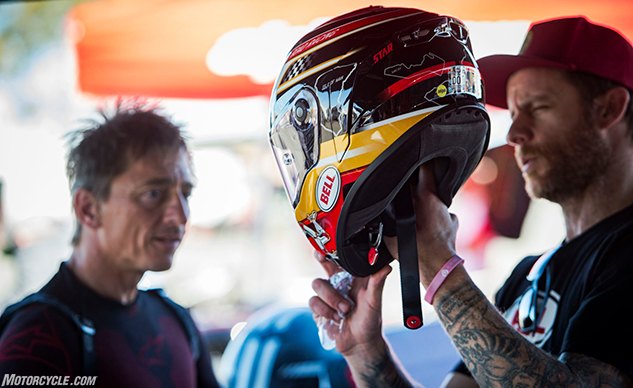



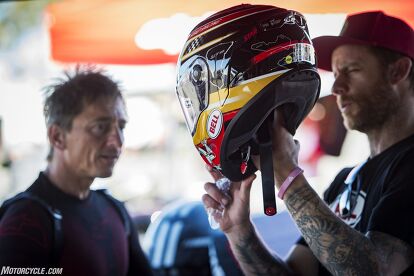




















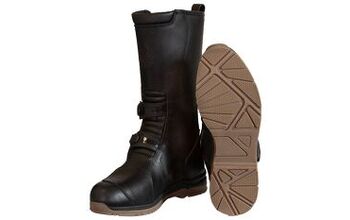
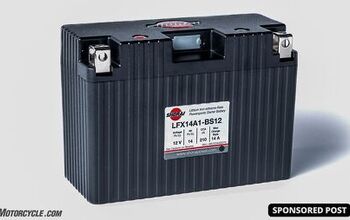

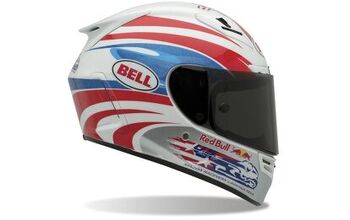

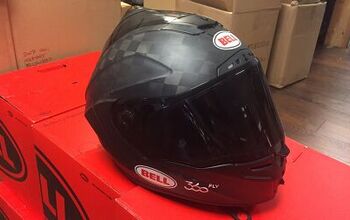










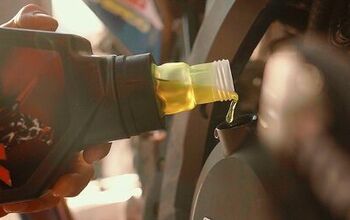
Comments
Join the conversation
Transition face shield? It's not even available
Can you give links to MIPS testing. I can't find concise info on it. This is curious since it is a research driven tech (not proprietary to a manufacturer), and the MIPS website only has a few somewhat obtuse papers about testing procedures.
The key is not the ultimate amount of force that reaches the head, but the speed with which it is applied. ODS has clear charts on this - mips has no clearly published info.
I'm not implying anything, but I would like to see the info clearly presented.